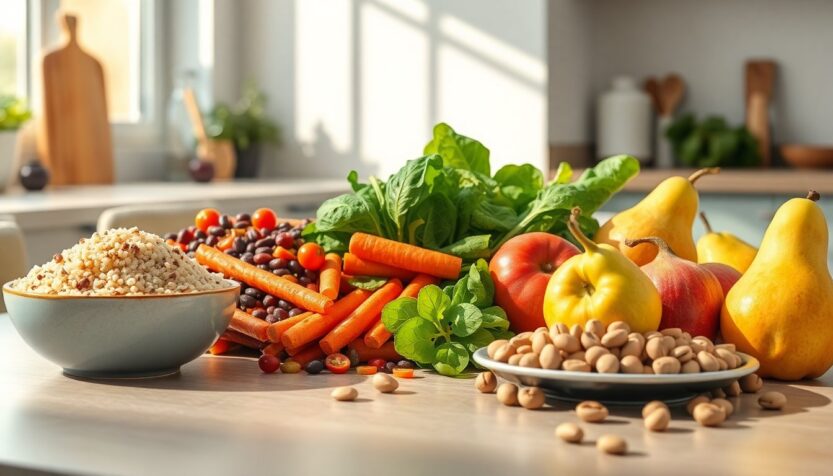When considering nutritional priorities, many people instinctively think of protein. This macronutrient is often hailed as essential for muscle development and repair. However, another critical component deserves equal recognition: fiber. While protein plays a significant role in building and maintaining body tissues, fiber is crucial for digestive health and overall well-being. The average individual may overlook fiber, but it is important to highlight its benefits and ways to enhance daily intake.
Fiber, a type of carbohydrate that the body cannot digest, is divided into two categories: soluble and insoluble. Soluble fiber dissolves in water and can aid in lowering blood cholesterol levels, while insoluble fiber adds bulk to the stool and helps food pass more easily through the digestive system. Both types play unique roles in maintaining a healthy body.
The health benefits of fiber
Incorporating adequate fiber into the diet can yield numerous health benefits. Firstly, fiber contributes to a feeling of satiety, which can help regulate appetite and assist in weight management. When meals are rich in fiber, individuals tend to consume fewer calories overall, as fiber-rich foods often take longer to chew and digest.
Moreover, a diet high in fiber can lower the risk of chronic diseases. Research indicates that adequate fiber consumption is linked to a reduced risk of conditions such as heart disease, type 2 diabetes, and certain types of cancer. Fiber helps control blood sugar levels and promotes healthy cholesterol levels, making it a vital aspect of a heart-healthy lifestyle.
Understanding daily fiber recommendations
How much fiber is actually needed? The recommended daily intake varies by age and sex. Generally, women should aim for around 25 grams per day, while men should target approximately 38 grams. However, most individuals fall short of these targets, often consuming only about 15 grams daily. To bridge this gap, it is essential to be mindful of fiber sources.
Effective ways to boost fiber intake
Integrating more fiber into the diet can be simple and delicious. One effective strategy is to choose whole grains over refined grains. Foods such as brown rice, quinoa, and whole grain bread are excellent sources of fiber. Additionally, incorporating more fruits and vegetables into meals can significantly increase fiber consumption. For example, a medium apple with its skin provides about 4 grams of fiber, while a cup of raspberries contains an impressive 8 grams.
Snacking also presents an opportunity to enhance fiber intake. Instead of sugary snacks, consider options like nuts, seeds, and popcorn, which are satisfying and rich in fiber. For instance, a small handful of almonds provides around 3.5 grams of fiber, making them an excellent snack choice.
Fiber-rich recipes to try
For inspiration, here are a few fiber-rich recipes to incorporate into your meal plan:
- Chickpea salad:Combine canned chickpeas, diced cucumbers, cherry tomatoes, and a splash of olive oil for a refreshing salad that offers a fiber boost.
- Overnight oats:Mix rolled oats with yogurt or milk and let them soak overnight. Add fruits like berries and seeds for additional fiber.
- Vegetable stir-fry:Load your stir-fry with fiber-rich vegetables such as broccoli, bell peppers, and carrots.
While protein is undoubtedly important for our bodies, it is crucial to recognize the vital role that fiber plays in maintaining health. By consciously increasing fiber intake through whole foods, fruits, vegetables, and creative recipes, individuals can enjoy a healthier lifestyle. Embracing the power of fiber can enhance well-being and support overall health journeys.





